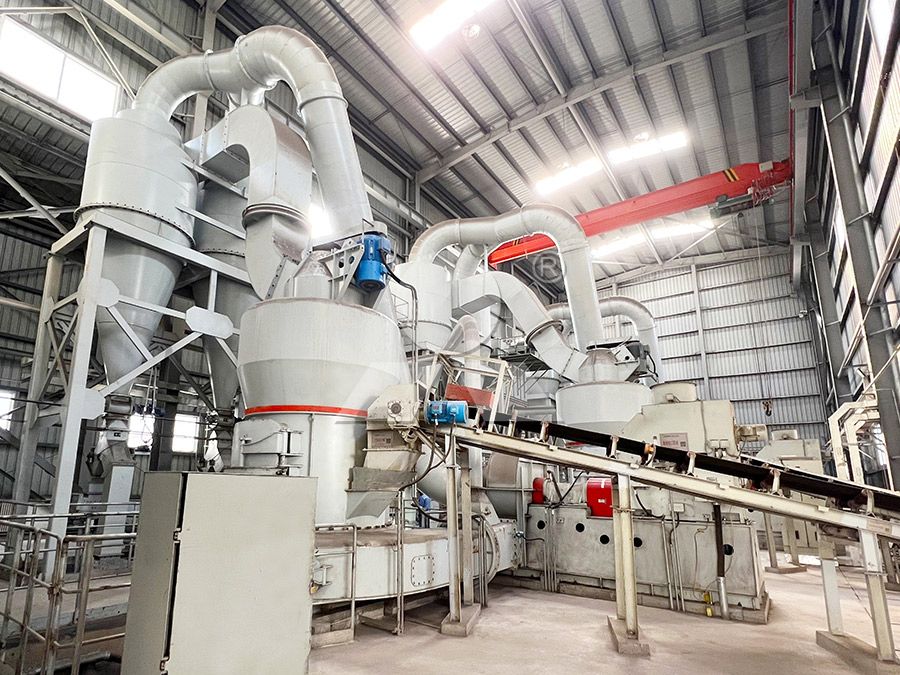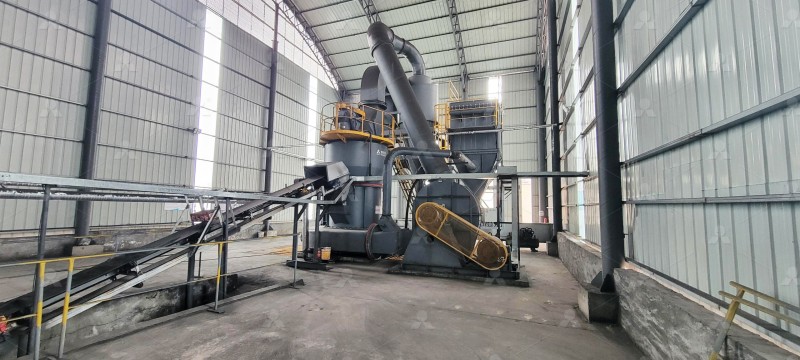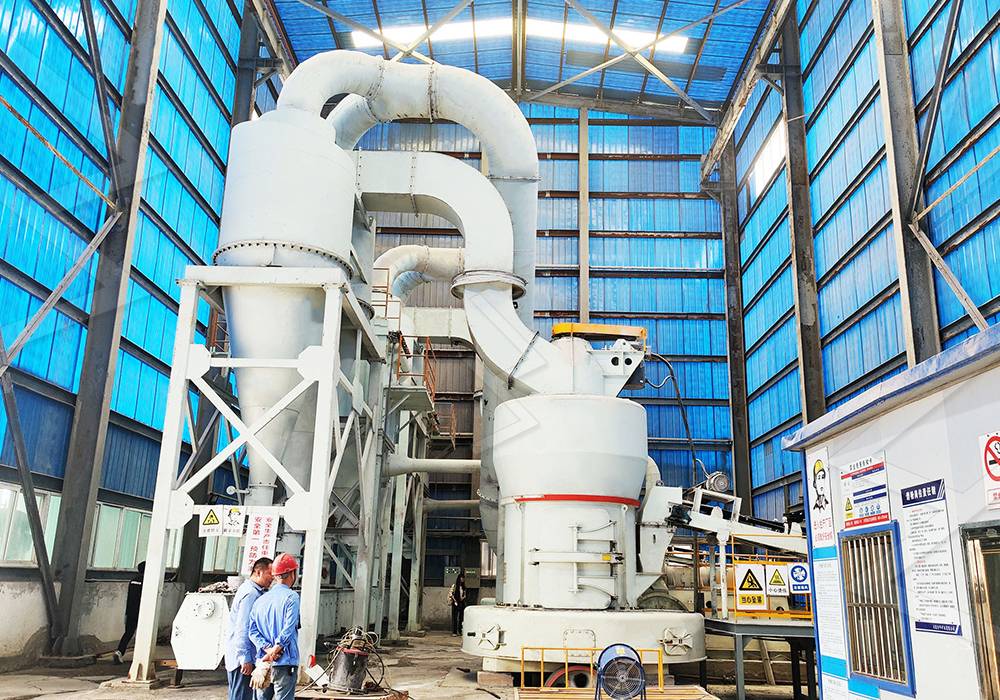T Type Grinding Mill for Stone Processing: Key Features and Applications
Unlocking Efficiency in Mineral Processing: The T Type Grinding Mill Advantage
In the demanding world of mineral processing and stone powder production, selecting the right grinding equipment can make the difference between profitability and operational headaches. Among the various grinding solutions available, T Type grinding mills have emerged as particularly effective for stone processing applications, offering a unique combination of precision, efficiency, and reliability that addresses the specific challenges of transforming raw mineral materials into high-value powders.

Engineering Excellence: What Sets T Type Mills Apart
The fundamental advantage of T Type grinding mills lies in their specialized mechanical design. Unlike conventional grinding systems that may suffer from inconsistent particle size distribution or excessive energy consumption, T Type mills incorporate advanced grinding curves and precision engineering that ensure uniform particle reduction across the entire processing spectrum. This translates to higher quality end products with precisely controlled fineness parameters that meet stringent industry specifications.
One of the most significant operational benefits is the reduced maintenance requirement. Traditional grinding mills often face challenges with bearing failures and screw loosening within the grinding chamber, leading to unexpected downtime and costly repairs. T Type mills address this through innovative design that eliminates rolling bearings and screws from the grinding chamber entirely, significantly enhancing operational reliability and reducing maintenance interventions.
Applications Across Industries
The versatility of T Type grinding mills makes them suitable for processing a wide range of mineral materials. From limestone and calcite to dolomite, gypsum, barite, and marble, these mills consistently deliver superior performance. The applications extend beyond traditional construction materials to specialized sectors including:
- Chemical industry additives and fillers
- Paint and coating formulations
- Cosmetics and personal care products
- Pharmaceutical excipients
- Food additive production
This broad applicability stems from the mills’ ability to produce ultra-fine powders with precisely controlled particle size distributions, meeting the exacting requirements of diverse industrial applications.

Environmental and Operational Considerations
Modern stone processing operations face increasing pressure to minimize environmental impact while maintaining production efficiency. Contemporary T Type grinding mills integrate sophisticated dust collection systems that effectively capture particulate matter during operation, ensuring compliance with environmental regulations. Additionally, advanced noise reduction technologies create safer working environments while meeting occupational health standards.
The energy efficiency of these systems represents another critical advantage. Through optimized grinding mechanics and reduced mechanical resistance, leading T Type mills can achieve energy savings of 30-50% compared to conventional grinding systems, significantly lowering operational costs while reducing carbon footprint.
Selecting the Right Equipment for Your Needs
When evaluating grinding mills for stone processing applications, several factors warrant careful consideration. Production capacity requirements, desired fineness range, material characteristics, and available facility space all influence equipment selection. For operations requiring ultra-fine powder production with fineness adjustable between 325-2500 meshes, the MW Ultrafine Grinding Mill presents an excellent solution with its advanced cage-type powder selector and efficient grinding chamber design.
For operations prioritizing vertical space utilization and seeking integrated crushing, drying, grinding, and classifying capabilities, the LUM Ultrafine Vertical Grinding Mill offers compelling advantages. Its unique roller shell and lining plate grinding curve design generates material layers more effectively, enabling high rates of finished products through single-pass powder milling.

Future Trends in Grinding Technology
The evolution of grinding technology continues to focus on enhancing efficiency, reducing environmental impact, and improving automation capabilities. Digitalization plays an increasingly important role, with numerical control systems ensuring higher machining precision for core components. The integration of PLC control systems enables precise management of grinding pressure, revolution speed, and other critical parameters, optimizing performance across varying material conditions.
As industries continue to demand higher quality powders with tighter specifications, grinding mill manufacturers are responding with innovations in powder separation technology, wear-resistant materials, and intelligent control systems that anticipate maintenance needs before they become operational issues.
Frequently Asked Questions
What is the typical input size range for T Type grinding mills?
Depending on the specific model, T Type grinding mills typically accommodate input sizes ranging from 0-20mm for ultra-fine applications up to 0-70mm for larger capacity systems. The MW Ultrafine Grinding Mill, for instance, processes materials with input sizes of 0-20mm.
How does the energy consumption of T Type mills compare to traditional ball mills?
Advanced T Type grinding mills typically achieve 30-50% lower energy consumption compared to traditional ball mills while delivering higher production capacity and more consistent product quality.
What maintenance advantages do modern grinding mills offer?
Contemporary designs eliminate common failure points by removing rolling bearings and screws from grinding chambers. Features like external lubrication systems enable maintenance without shutdown, while reversible structures facilitate easier access to grinding components.
Can grinding mills handle materials with different hardness levels?
Yes, modern grinding mills incorporate adjustable grinding pressure systems that allow processing of materials with varying hardness. Hydraulic adjustment capabilities enable operators to optimize performance for specific material characteristics.
What environmental features are incorporated into current grinding mill designs?
Modern systems include efficient pulse dust collectors that eliminate dust pollution, silencers and noise elimination technologies to reduce acoustic impact, and fully sealed negative-pressure operation to prevent material escape.
